This edition of Full Belly Files was originally emailed to subscribers on June 9, 2023. To receive Matt Kettmann’s food newsletter in your inbox each Friday, sign up at independent.com/newsletters.
Like most modern wine fanatics, I spend my sipping time on wines made from grapes like pinot noir and syrah that were developed over the centuries in the Old World. I’ve long understood that there are also grapes of North American origin that can make wine, but my limited experience in trying them and slightly more experience in reading about them has never given much reason to celebrate.
That may be changing. Like most everything else in the world these days, the old ways of wine are being challenged, including the notion that Vitis vinifera — the popular wine grape species originally found from Iran to Central Europe — is the only path to fine wine. Winemakers across the East Coast and Midwest are attracting the open minds of a new generation with their bottlings, and an ever-growing interest in connecting wine to both an interesting past and more sustainable future is only adding fuel to the fire.
So when I got an email a few weeks back to attend a virtual seminar about “The Present and Future of North American Vines and Wines,” I typed it onto my calendar. Then the organizer, longtime marketing pro Tom Wark, and one of the panelists, Jerry Eisterhold, owner of TerraVox Wine, offered to send me some samples from the grapes the latter grows outside of Kansas City, Missouri. And thus began my quick but insightful dive into these indigenous American grapes.
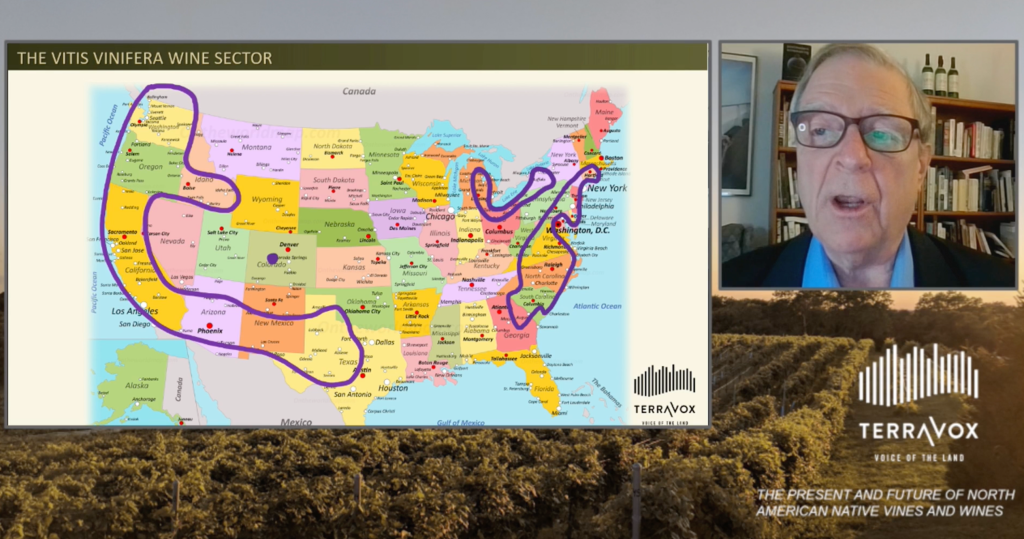
Before I get into what I thought of the wines, let’s go over what I learned during the 90-minute seminar this past Tuesday, which featured Wark and Eisterhold as well as winemaker Clark Smith, who’s consulting on TerraVox and numerous other projects, and Hudson Valley vintner-historian Stephen Casscles, author of the 2015 book Grapes of the Hudson Valley and Other Cool Climate Regions of the United States and Canada.
“This is very much a people business,” said Casscles as he relayed the history of humans taking wild grapes that grew around the East Coast and breeding them to make wine. There were three primary ways this was done from the mid-1800s until about Prohibition.
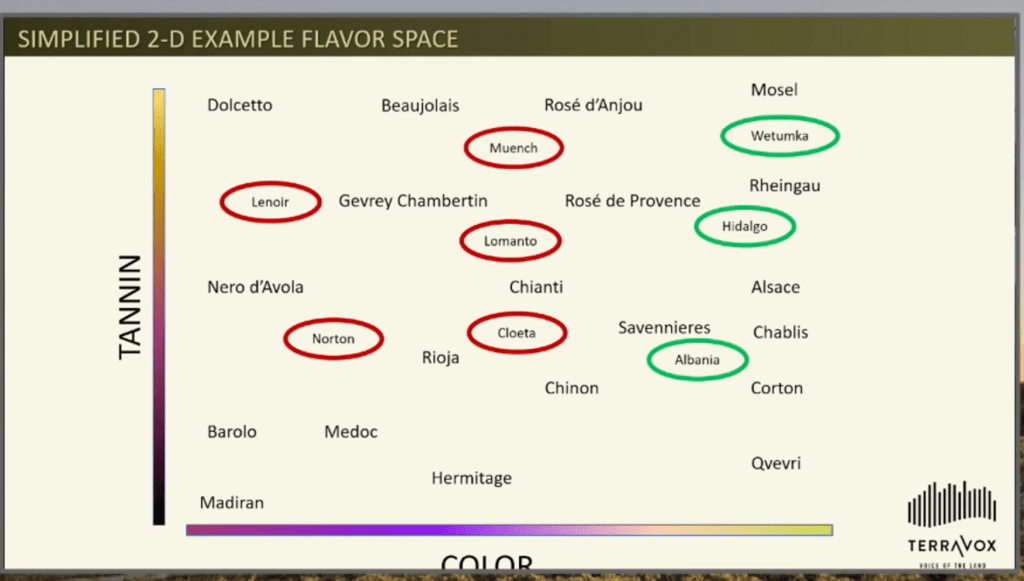
The first was the spontaneous pollination of wild grapes with the Vitis vinifera that Americans had imported from Europe; while the vinifera usually died within a couple of seasons due to the harsh climate of the East Coast, they were at least able to spread some of their genes to the indigenous grapes. The second method was the intentional pollination of wild grapes with Vitis vinifera, in order to bring more elegant Old World wine flavors to the indigenous varieties. And the third method was cross-pollinating two indigenous grape varieties to better express beneficial qualities.
Interestingly, while American horticulturalists were trying to impart elegance from the vinifera vines onto indigenous grapevines during this period, wine growers in France were simultaneously cross-breeding American grapes into their own vines to develop resistance to the phylloxera bug that had devastated as much as 90 percent of European vineyards in the late 19th century. While some of those hybrids persist in Europe, the introduction of American rootstock won out as a more effective strategy against phylloxera, and one that allowed cabernet and other varieties to remain intact.
Fast-forward to 1996, when Eisterhold, who spent his career working for museums, chartered a plane over Missouri to find the ideal location to start an outdoor museum of sorts, focused on growing all-but-forgotten indigenous varieties like Lenoir and Herbemont. (I’m ditching our newspaper’s usual policy of lower-casing grape varieties because these names are so uncommon, at least for now.)
“The reason was that since there was no reason to do this, no one would do it unless I did it,” laughed Eisterhold during the seminar as to why he bothered to pursue this vineyard and winery. He likened the project to running a museum, which has high community investment and value, but maybe not much profit. “It’s very important not to think about the finances when you get into something like this.”
From the first vintage of 2000, the TerraVox team spends each year sharpening their techniques in the vineyard and cellar. They produced 26 different lots in 2020, though they’ve dabbled in as many as 60 varieties. The goal is to fight the common perception that all American grapes produce wine with “foxy,” or animalistic, slightly funky aromas.
“We are trying to show that there’s a little bit more to the story than that,” said Eisterhold. “We’re literally faced with writing the book on this stuff.” He believes there are flavor and aromatic profiles in these grapes that aren’t found in Vitis vinifera, and is very consciously holding up everything that TerraVox releases to high standards.
“A lot of it has gone down the drain,” explained Eisterhold. “We can’t let anything go out the door that’s not a good ambassador for this little venture.”
The ambassadors that landed at my door included three whites, two reds, and a dessert wine. I didn’t taste them blind like I do the wines I taste for Wine Enthusiast, but I did try to give a general sense of how they’d do in that setting.
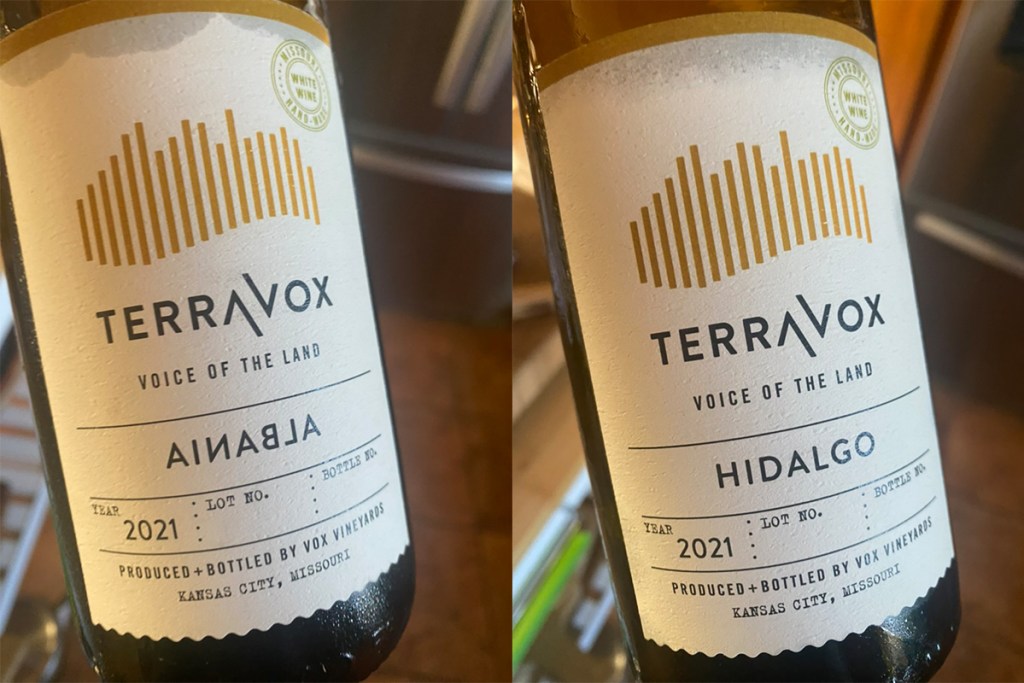
The lightest of the whites, which Smith the consulting winemaker likened to a Chablis, is the Albania, which the winery spells backward — “AINABLA” — on the label to avoid confusion with the Balkan country. I found the nose to be quite stony, with hints of lemon curd and mead, and would have probably scored it an 88.
The Hidalgo was a bit more viscous and bold. A soft yellow color in the glass, I smelled honeysuckle, white rose, and lychee, while the palate picked up peach and citrus flavors. I think it would have scored a 90 or more. Smith, who developed an entire chart for these wines and where they fall against the Euro varieties, thinks it is reminiscent of an Alsatian pinot gris.
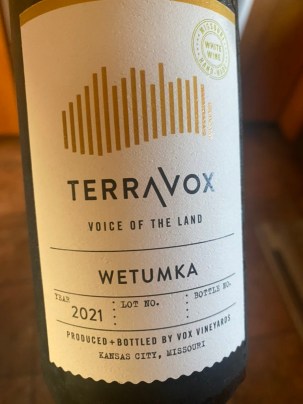
The Wetumka was more challenging. A darker gold in the glass, I got candied banana, mango, and a slightly nuttiness on the nose. The palate was viscous, slightly sweet, and tasted like a lemon gummy candy. I would have scored that one around 87. (I do like the use of indigenous pawpaw fruit in their winery’s tasting notes, which are also extensive on the background for each bottling.)
As for the reds, the Norton was the best Norton I’ve ever tried, although that’s not saying a whole lot. I’d probably have scored it around 88, maybe up to 90, as it had a tannic profile that was reminiscent of nice Bordeaux. The “Norton RePort” dessert wine was about as enjoyable as any port-style dessert wine I’ve had from California, although I’m not big on that thick, rich, sweet-leaning style to begin with.
I was most impressed with the Cloeta, and my enjoyment was confirmed during the seminar by both Smith and Eisterhold. “It’s probably the prettiest grape of the dark ones,” said Eisterhold.

I smelled berry, cola, and light wood spice, although there’s no new oak involved, and the palate, which was light but still textural, delivered familiar flavors of plum and cocoa. That would have easily scored a 91, perhaps even 92, and certainly with an “Editor’s Choice” designation.
These wines are indeed a category to be watched, although they are still very much in the discovery stage, at least when it comes to competing with the inherent aesthetic pleasures of their Vitis vinifera brethren. Maybe I’m just biased, with a palate trained to like the Old World–originated wine grapes, but so are most of us.
I’ll be staying tuned, and definitely agree with Eisterhold’s parting comments of the seminar: “It’s a moment in time that we’ve been waiting for for more than a century.”
Watch the seminar yourself here.
From Our Table:

In case you missed these:
- I edited and wrote a good chunk of this week’s cover story, our annual Blue & Green Guide. Read that here.
- In line with outdoor fun, I wrote about Outward Wines, whose husband-and-wife owners Ryan Pace and Natalie Siddique met through rock climbing.
- Leslie Dinaberg wrote a bit about the Taste of Santa Barbara weekend, with great photos by Ingrid Bostrom.
- My story about heirloom wine grape clones came out in Wine Enthusiast the other week, although I can only find the Apple News version right now.

 on Google
on Google 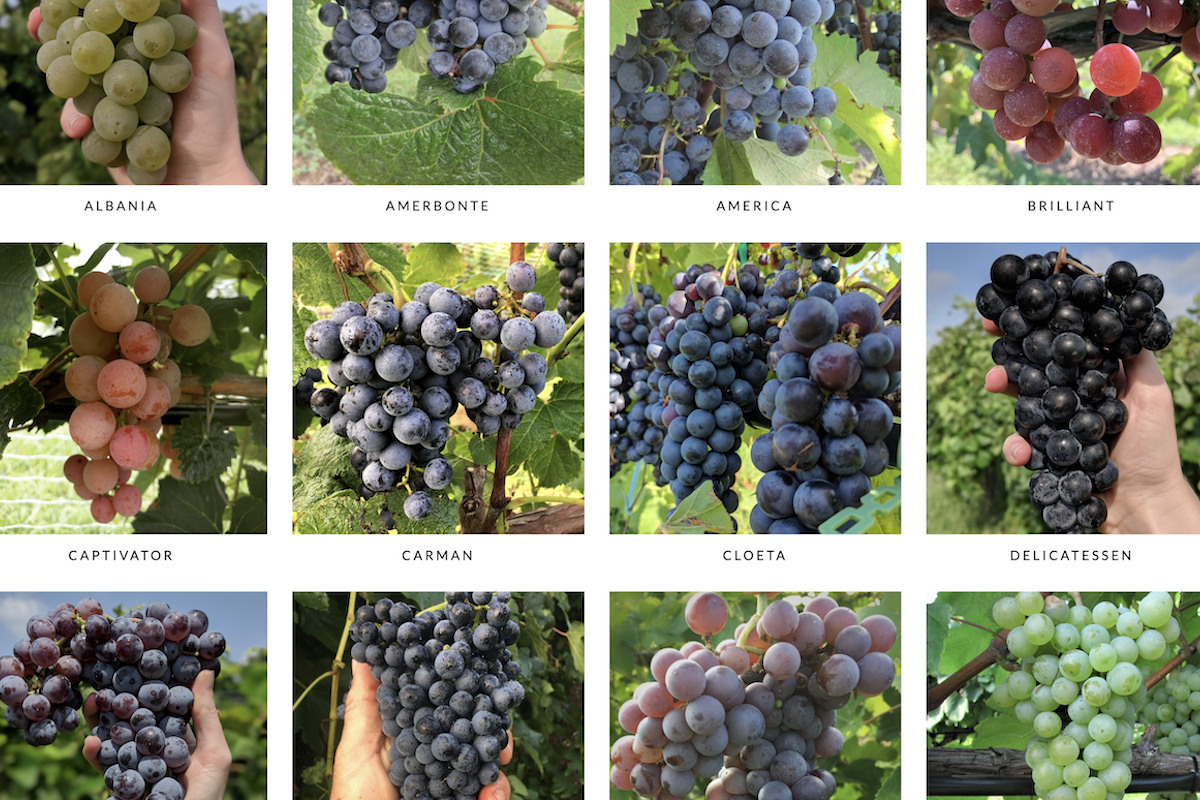



You must be logged in to post a comment.